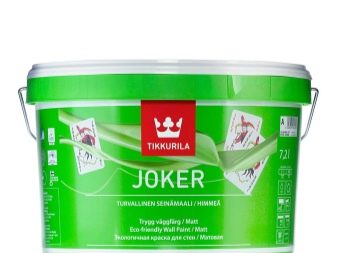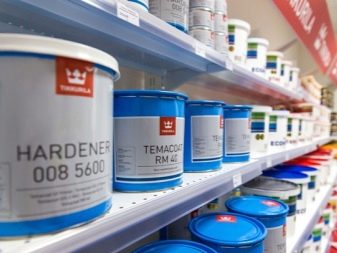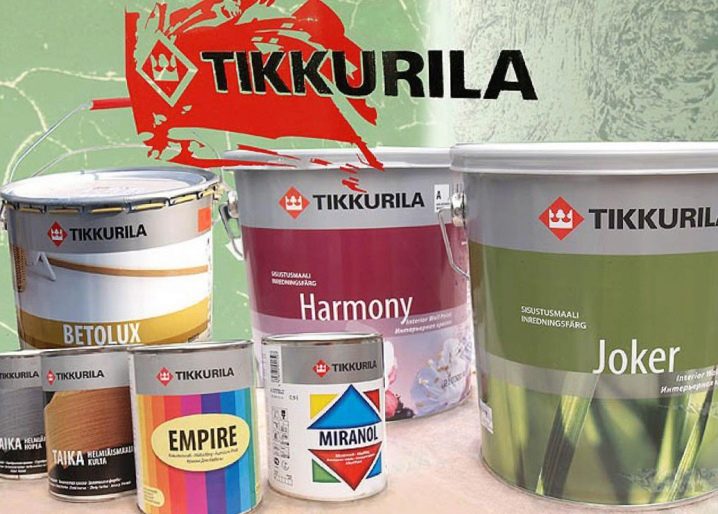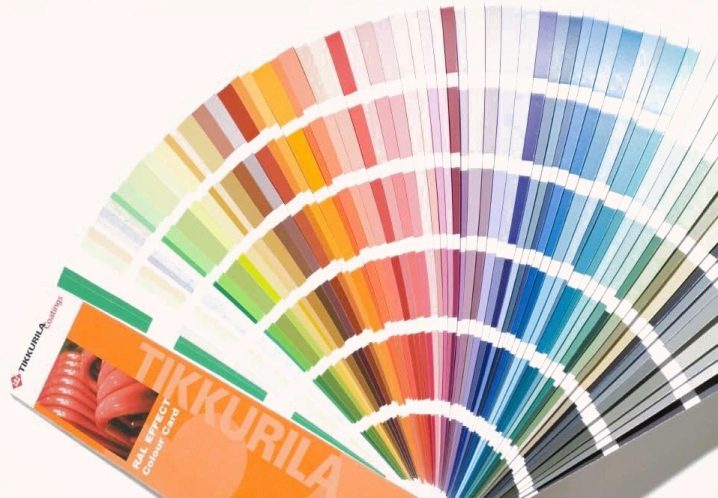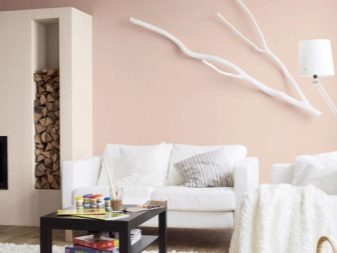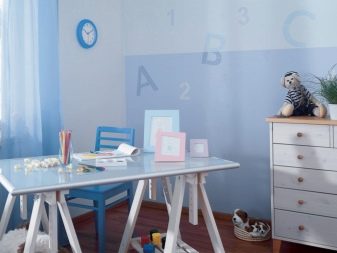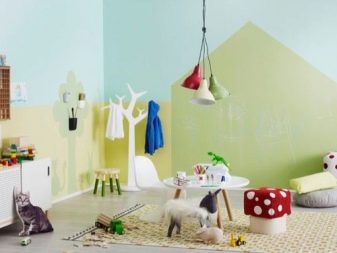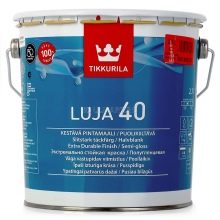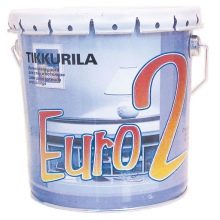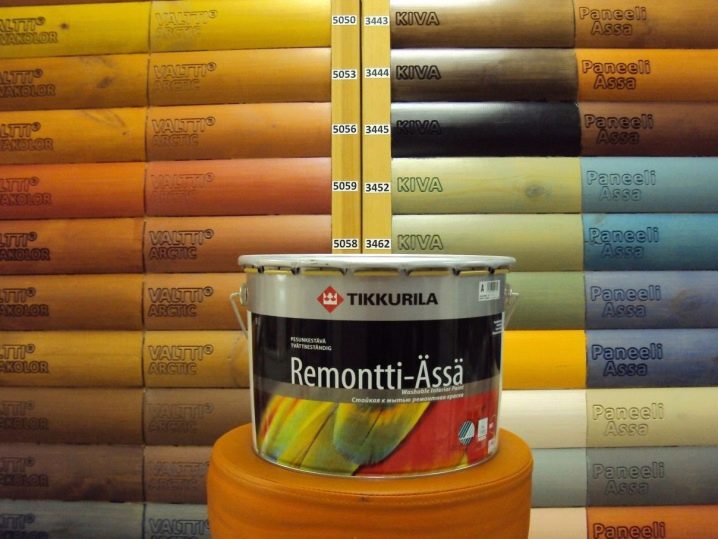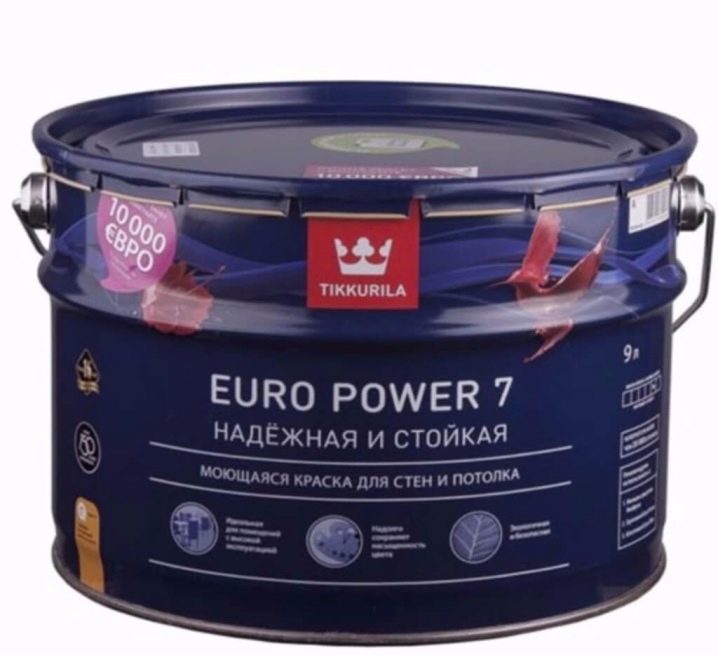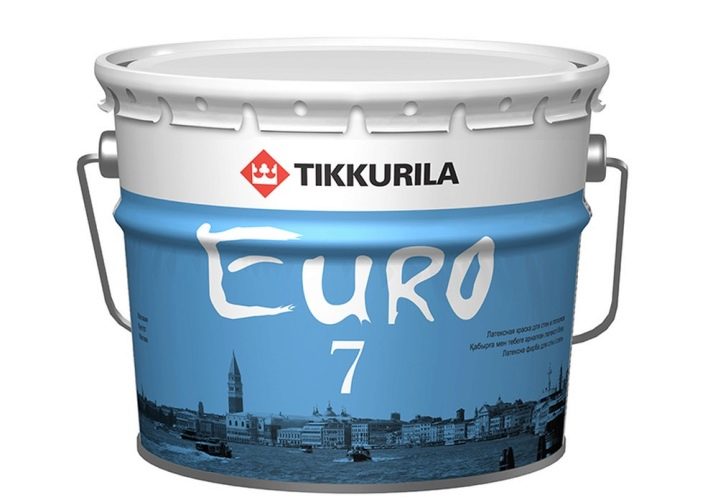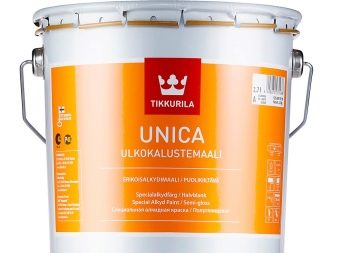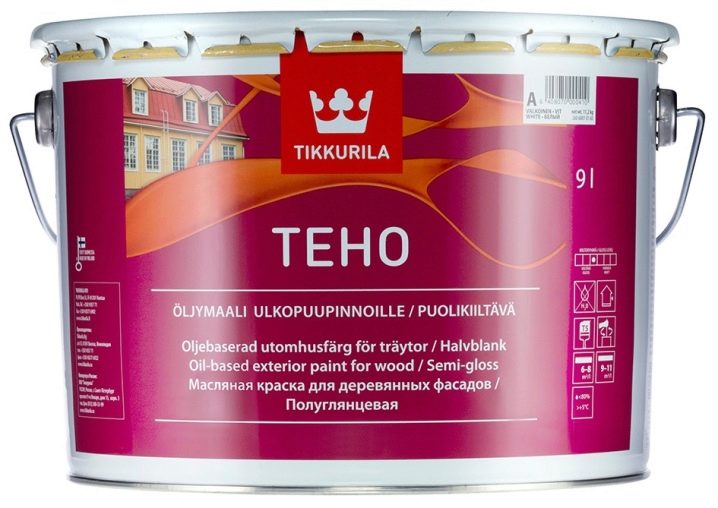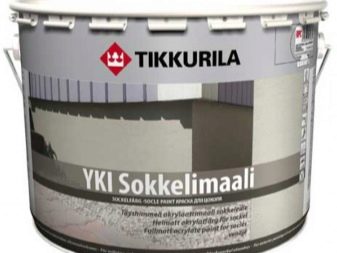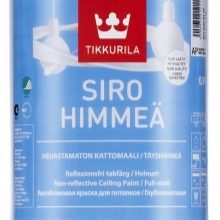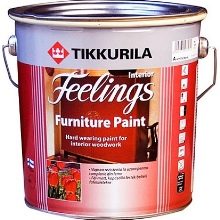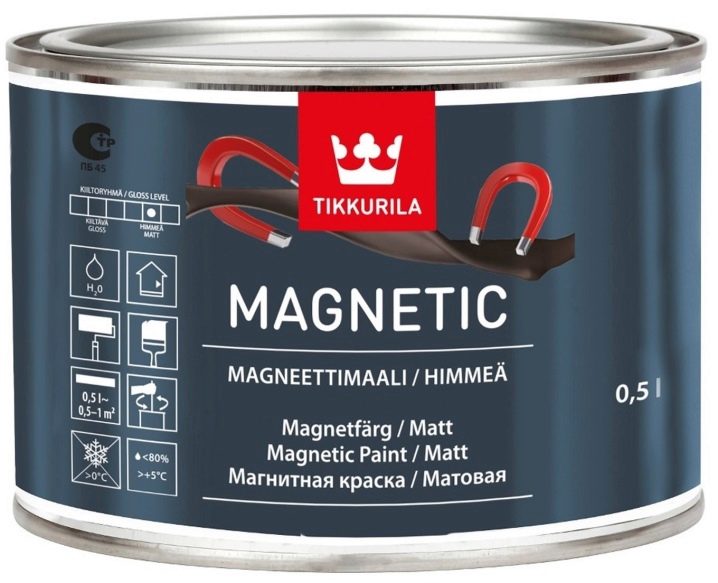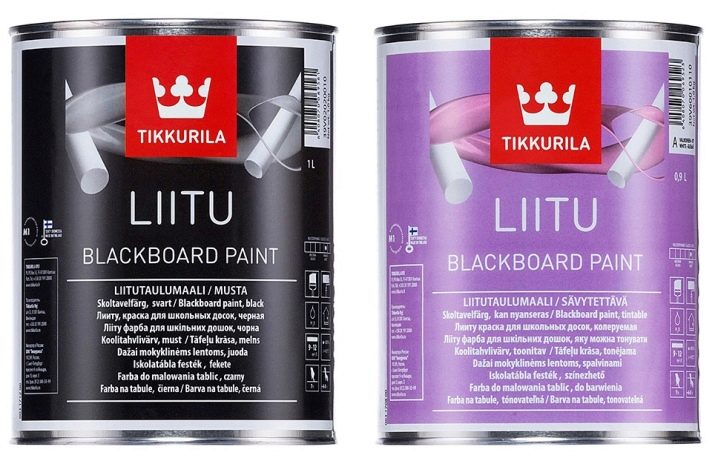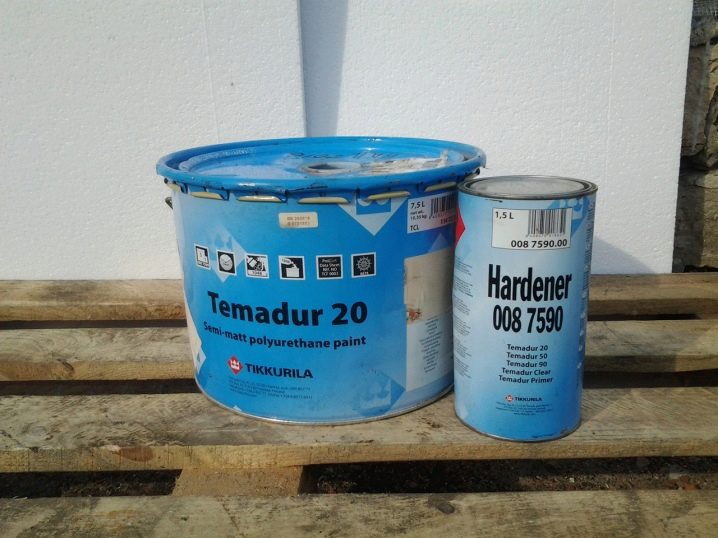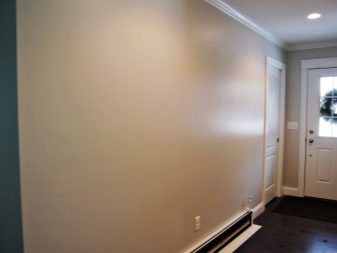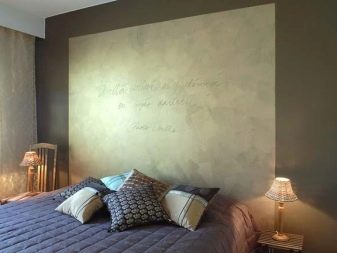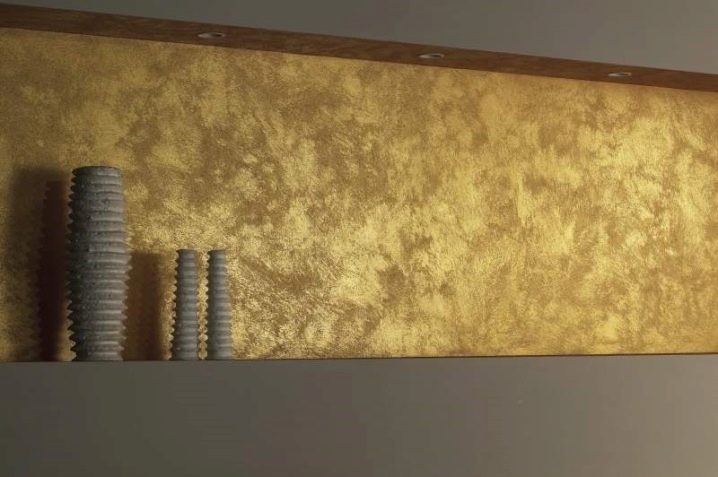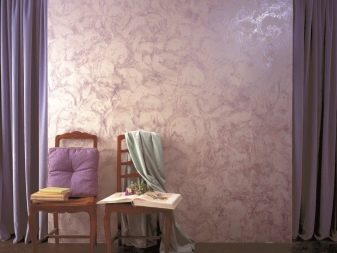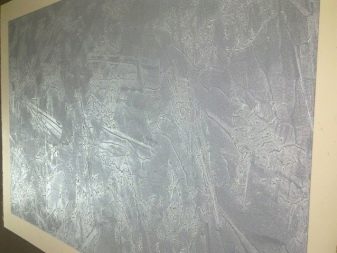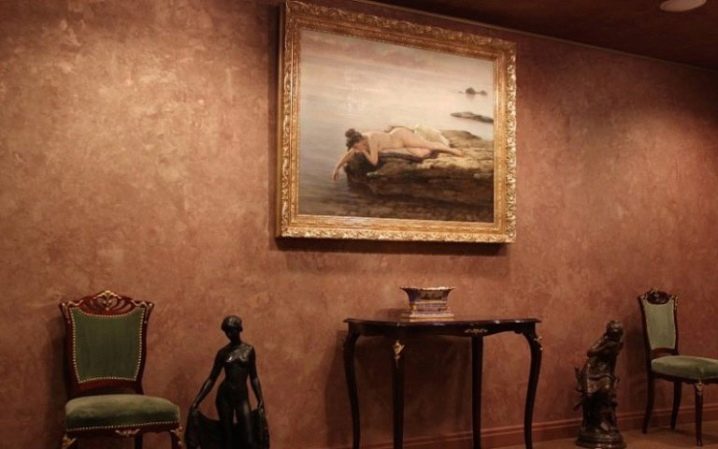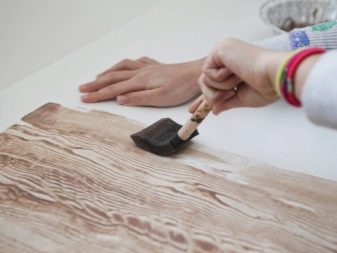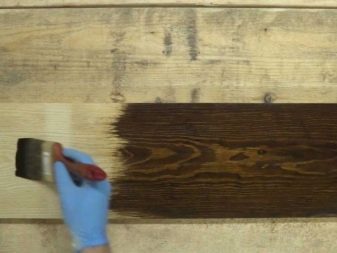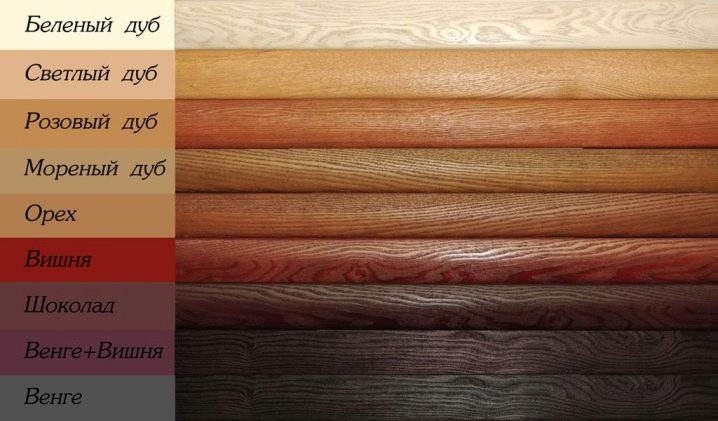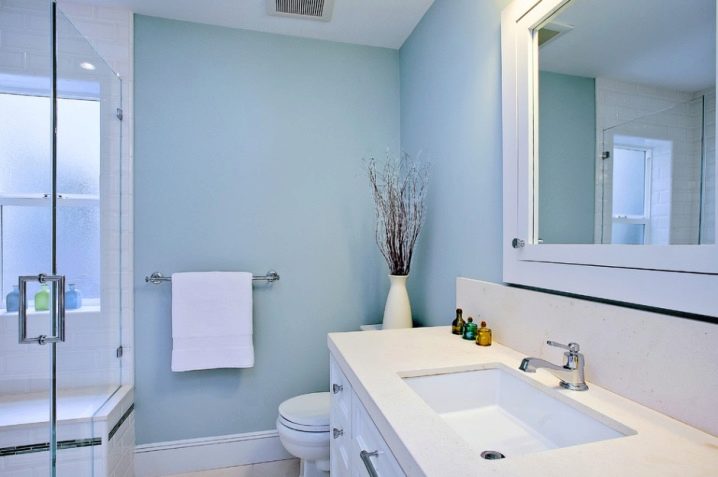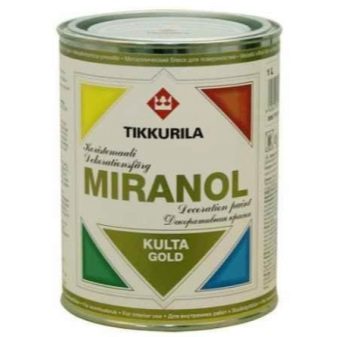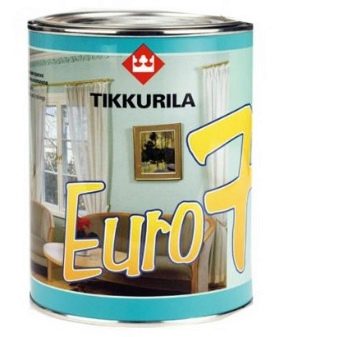Tikkurila paints: types and scope
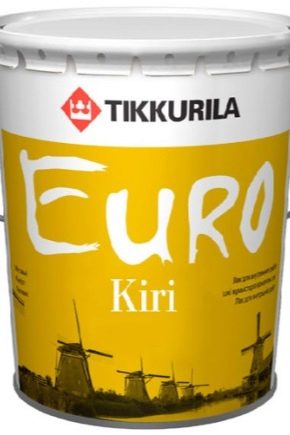
A variety of wall coverings in our time makes us think about the rationality of the use of certain materials for their finishing. One of the most popular options for this is paint, which is represented on the market by a huge amount for every taste and budget.
The Finnish company Tikkurila is one of the leaders in the production of coatings for various surfaces. About the products of this company and will be discussed in this article.
Special features
Concern Tikkurila is not just a Finnish paint and varnish factory. This is a whole research and production institute that studies the market, researches and implements the latest developments in this field.Each product is thoroughly analyzed and verified by the European Commission for Standardization. This brand has been producing its paint for more than 130 years and is an innovator in matters related to paint. Finnish manufacturers were the first to offer the buyer to create their own color, using a color scheme (mixing two or more colors to acquire the desired shade).
The main features of the colorful materials of the Tikkurila brand are:
- Environmental friendliness. This word appears today in almost every commercial. The Finnish brand declares quite responsibly that for the manufacture of its products it uses only natural materials: wax, oil, earth pigments of natural or mineral origin.
- Hypoallergenic. It follows from the previous paragraph. Tikkurila paints do not lead to allergies, provide natural ventilation of the room, letting air flow through themselves, and contribute to the removal of excess moisture and maintaining the necessary humidity in the room.
- Durability. One of these advantages, which is quite rare today and for a lot of money (and not always).Thanks to the work of the Tikkurila Scientific Center, a unique paint composition has been created that allows the coating to resist external influences: moisture, sunlight and sudden temperature changes.
- Brightness. A large variety of shades allows you to approach the selection of colors so individually that this color may not be anyone else in the world. But the main feature of Finnish paint in this sense is that it will look equally bright on wood, on metal, and on the wall, since the products are made separately for each surface and cannot be burned out in the sun.
To evaluate the products of the Finnish brand, you should carefully consider all its positive and negative stoorna.
Advantages and disadvantages
First of all, of course, I want to dwell on the advantages, since it is necessary to work with disadvantages in each particular case.
Why do customers love Tikkurila paint:
- it can be washed as often as possible, without fear of fading and fading;
- durability and durability of paint is a weighty argument in its favor;
- pricing allows you to choose between high-quality wallpaper and tiles in the direction of painting walls, which justifies itself with minimal material costs;
- ease of use and speed of application cause delight;
- it is so “impenetrable” that it is suitable for use in rooms with small children and pets;
- not afraid of layering. If you wish, you can easily change the color of the walls in the room by simply applying a new shade over the old one.
Disadvantages each highlights for themselves individually. Today, the main disadvantage of Tikkurila facade paints is widely known - poor resistance to low temperatures. Despite the fact that Finland is a country with a pronounced winter climate, the concern's scientists have not fully developed an action plan for meeting their products with severe weather deterioration.
Kinds
The plant Tikkurila is engaged in the production of such types of wall covering:
- Emulsion;
- Alkyd;
- Silicate;
- Glue.
The first type is characterized by the fact that it is made using water. It also has several varieties: water emulsion, water dispersion, acrylic, polyvinyl acetate, latex and silicone.
Water emulsion - breathable, paint. It is used indoors with high humidity levels. Easy to apply, after a certain time it is washed off.It has a wide color range.
Water dispersion has a modest palette, compared with the previous type, is more resistant to moisture, does not tolerate temperatures below +6 degrees.
Acrylic - high strength, elastic, expensive. Easily masks cracks, does not allow air, after drying, it becomes hyper-resistant to mechanical damage.
Latex paint - one of the most expensive in the line Tikkurila. Waterproof, durable and easy to clean. Dries quickly after dyeing, but eventually loses its color.
Alkyd paints are divided into enamel and oil. The first subgroup is based on varnish components. They have a wide range of applications, a glossy surface, dry for an hour or less, repel water and easily resist corrosion.
Oil paints created with the addition of drying oil. Used for painting various surfaces, excluding walls.
Silicate paints - mineral paints, as they contain liquid glass and alkali in their composition. When working with them, you must take precautions: wear a protective suit, gloves and a mask.
They are waterproof, prevent the growth of fungus, mold,easily tolerate sudden changes in temperature.
Glue types of paints are divided into three groups:
- casein - durable, long lasting color. They paint concrete, plastered and brick surfaces;
- dektsinirovanny - practically do not have resistance to moisture;
- adhesive - absolutely not resistant to moisture and exposure to carbon dioxide.
Among other things, I would like to highlight special, qualitatively different from standard types of Tikkurila paints: magnetic, graphite and polyurethane. Let's discuss each separately.
Interior paint Tikkurila "Magnetic" - is the original waterborne paint, made with the addition of magnetic chips. She is always gray and matte. On it, as on a board, it is possible to fix pictures, drawings, photos with the help of small magnets, any metal trifles, without making a hole in the walls.
Paint with the effect of the school board - slate (graphite) paint Tikkurila "Liitu". Can turn any wall of the room into a canvas for a novice artist or writer. It differs in that it is very resistant to washing, it can withstand up to 5000 cleanings with a stiff brush. Graphite base is available in a wide variety of colors - from red to transparent and white.Like a chalk board, it allows both to show imagination on the walls of her dwelling, and to do homework for young schoolchildren.
Tikkurila "Temadur" - high-strength polyurethane paint, which is used for painting steel, aluminum products, as well as structures made of black and galvanized metal. Possesses high anticorrosive properties.
Colors
A variety of colors directly depends on the surface for which the paint is chosen, what is the texture of a particular brand product. So, for example, matte paint will have more classical, muted tones, glossy, on the contrary, can swing on a wide palette of shades. When choosing paint according to this characteristic, it should be taken into account that the matte will hide all visible irregularities and errors of the wall, and the gloss, on the contrary, will expose all the minuses.
In addition to the classic colors (white, black, blue, red, green), Tikkurila paint allows you to successfully use tinting, which allows you to find exactly your shade - from simple pink, orange, ashy, mint to luxurious gold, elegant platinum, and delicate silver.Gold paint, by the way, is very actively used to visually reduce a room that is too voluminous. But with her also should not overdo it. Only a slight emphasis on one part of the room will help to avoid the feeling of emptiness and bulkiness and give it a touch of unobtrusive luxury.
Style and design
In addition to the classic color products, the company Tikkurila offers customers a kind of ready-made design solutions. After all, the paint can be divided not only into glossy and matte, bright and pale, dark and light ... There are a lot of decorative paints in the arsenal of the Finnish brand, which do not just set the mood and the feeling that you did not just paint the walls. They give your home a textural variety and completeness.
Paints with mother-of-pearl or precious glitter, the shine of star dust - the most unusual textural variations.
Developers guess the desires of their future customers who want to create in their home a semblance of natural stone or walls that glow in the dark.
In order to paint the walls in the house under the "old", there is no need to consult specialists.It is enough to buy a special decorative paint Tikkurila and enjoy your own creative potential. The main thing is not to spoil the impression of an insufficient amount of consumables.
Consumption
Of course, it is best to calculate in advance how much paint will be needed for certain works.
Professionals recommend approaching this issue as follows:
- It is necessary to determine the number of applied layers. Internity of color and density of a covering depends on it.
- It should be remembered that light tones are consumed more than dark ones.
- The thickness of the layers depends on the method of application: spray, brush or roller. With skillful use of all three methods, the result may be the same. In case of uncertainty in their abilities, it is better to resort to the sprayer: then the consumption will decrease many times due to the uniform distribution of paint on the surface.
- Matte paint is consumed less than decorative.
The average paint consumption is 110-120 mg per 1 m2. So, take, for example, a room with a total area of 20 m2. Paint is most often sold in banks of 3 liters. Thus, for painting this room with ordinary paint (without texture, in one layer), it is necessary to purchase 2 cans.
Which one to choose?
So, we approach the choice of a specific type of paint constructively.There are two main types of work for which paint can be used: internal and external. For interior use interior paints are used to process the walls and surfaces inside the house. The most popular types of paint for finishing dry indoor premises are water-based. They can even be used to paint a child’s room. The best option (and, as a result, the most expensive) will be latex paints in the child’s room or in the room where there are pets.
The interior often uses wooden accents. For example, alkyd, water-dispersion and oil paints are most suitable for processing stairs or wood furniture. They not only take good care of the tree, but also do not have a sharp smell, dry quickly and have an abrasion resistant coating.
For wetter premises inside the house (bathroom and kitchen), the most successful choice would be silicate paint, which has a special "immunity" to the development of mold, fungus and harmful microorganisms.
The coating for wallpaper for painting also needs to be selected taking into account all factors that can affect its durability.The best options are acrylic, latex and water-based paints.
Reviews
The Internet is replete with a wide variety of responses to the wall paint Tikkurila.
Highlight the brightest of them:
- Mirantol alkyd enamel dries for a long time, it does not adhere well to the surface. If you do not experiment with color schemes, the original color does not cause attractiveness.
- Tikkurila "Euro 7". Latex paint for dry rooms. It has a neutral smell, ideally fits in two layers, dries in 2 hours. It washes well after drying, does not wash.
- Front paint Tikkurila "Valtti Color", according to customer reviews, is highly durable, resistant to low temperatures and sunlight. It is suitable for painting wooden houses from timber, as well as for stone-brick-concrete facades.
- Tikkurila "Pesto 10" - interior paint, which buyers describe as pleasant and comfortable to use. Of the minuses of this coating is called a specific smell and price.
Paint, like clothing, for each individual. Someone finds solace in bright saturated colors, someone wants to dilute their drab life with warm pastel glossy colors. The choice is great, so go ahead!
In the next video, you will learn about Tikkurila paint wall painting tips.
